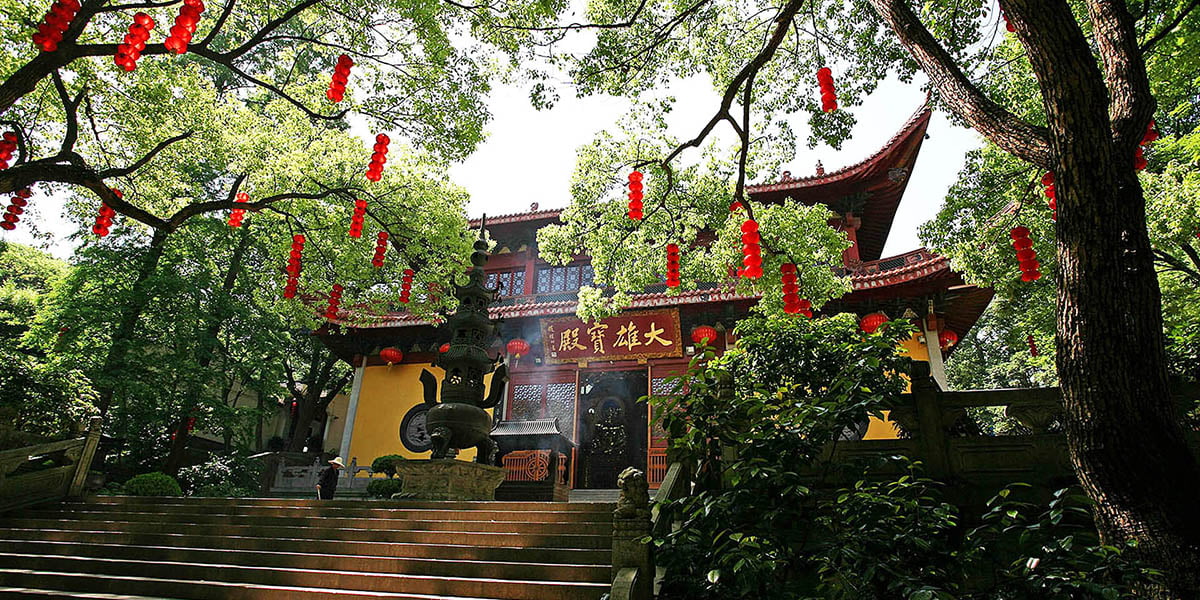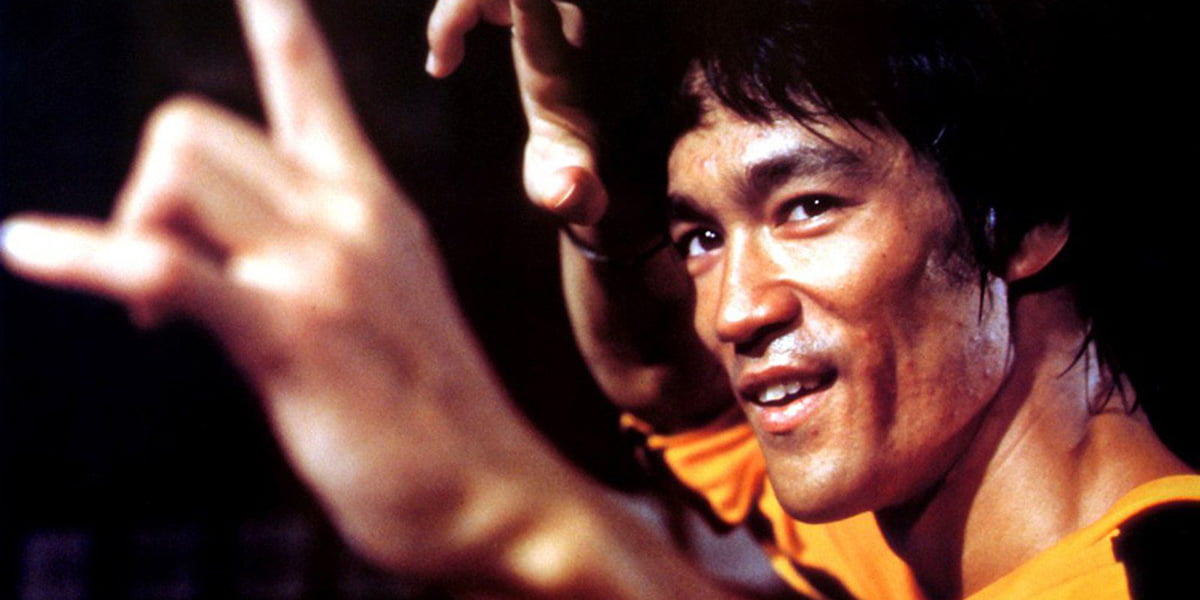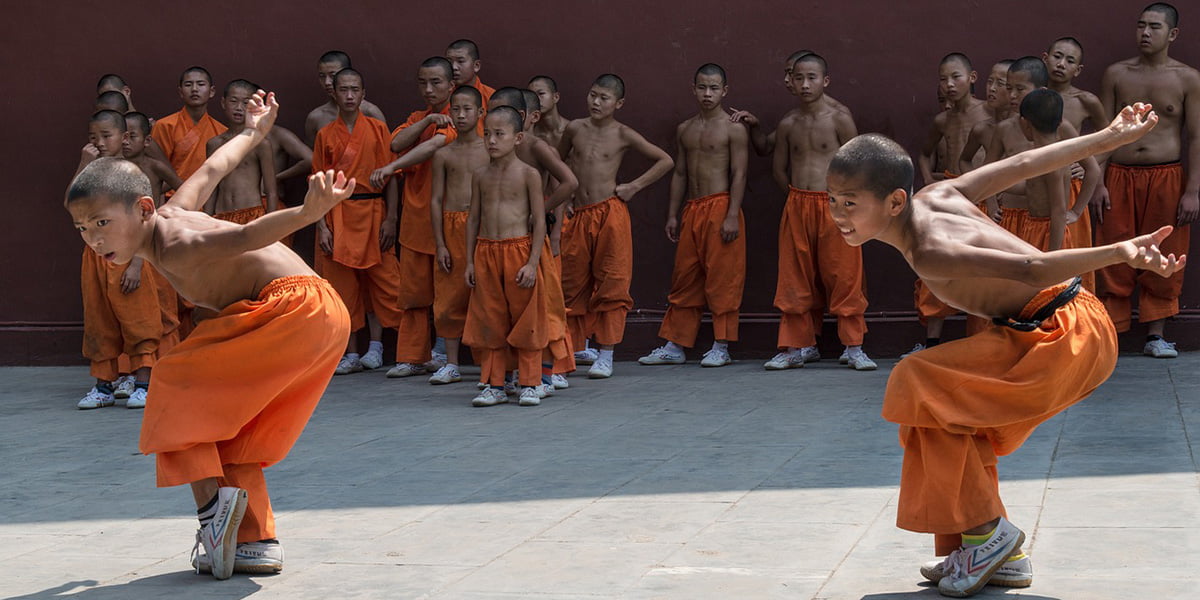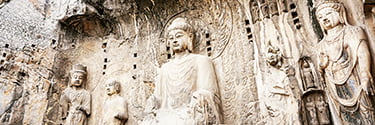Chinese Seal Carving: A Deep Dive into the Time-Honored Art and Its Connection to Travels in China
Amidst the vast expanse of China’s picturesque landscapes, age-old temples, and pulsating cities like Beijing, Shanghai, and Xi’an, lies a lesser-known but deeply rooted gem: the intricate art of Chinese Seal Carving. As we embark on a journey to uncover this millennia-old tradition, we’ll also discover how travel enthusiasts can immerse themselves in this art form while exploring the majestic lands of China.

Chinese Seal Carving: A Storied Tradition
Chinese Seal Carving, also known as ‘Zhuanke’, is a unique art form that dates back to the Zhou Dynasty (circa 1046-256 BC). These personal seals, or ‘chops’, serve both as a form of identification and a reflection of one’s character, status, and aspirations. Crafted meticulously from materials like jade, ivory, and various types of stones, each seal is a masterpiece in its own right.
The inscriptions found on these seals, often in beautiful calligraphy, capture poetic expressions, names, or aphorisms that resonate with the owner. The artistry lies not just in the carving itself, but also in the choice of script, the design of characters, and the composition of the inscription.

The Significance in Chinese Culture
Beyond their aesthetic appeal, these seals carry deep cultural significance. They serve as a bridge between the present and the past, connecting modern-day China with its rich history. In Chinese culture, they are more than mere stamps; they are a mark of authority, authenticity, and individuality.
Historically, they were used by emperors, officials, and scholars to authenticate documents. The seals became symbols of power, with the most prestigious being the imperial seals used by Chinese emperors. As time evolved, their use permeated through society, and they began to represent personal identity. Artists, poets, and even common people adopted the tradition, turning these seals into cherished personal artifacts.

Seal Carving and Travel: A Journey Through China
For the travel enthusiast, China offers a myriad of opportunities to delve deep into the world of Chinese Seal Carving. Here’s how:
- Beijing: The capital city, with its ancient alleys and bustling markets, is home to several shops and studios dedicated to seal carving. Explore the famed Liulichang Street, known for antique dealers, traditional craftsmen, and, of course, seal carvers. Participate in workshops, and perhaps, get a personalized seal carved just for you.
- Shanghai: Dive into the art district of Tianzifang, where amidst narrow lanes, you’ll find artisans practicing this time-honored craft.
- Xi’an: A city steeped in history, Xi’an offers a unique blend of the old and the new. Visit its ancient markets, and you’ll likely come across craftsmen, some of whom belong to families that have been in the seal carving profession for generations.
- Hangzhou: Known for its serene landscapes and traditional arts, Hangzhou is a haven for art lovers. The China Academy of Art in Hangzhou is a great place to witness the fusion of traditional Chinese arts with contemporary interpretations, including seal carving.

The Contemporary Relevance of Chinese Seals
In today’s digital age, one might assume that ancient traditions like seal carving would be relegated to history, seen only in museums or collected by aficionados. Surprisingly, this isn’t the case with Chinese seals. Their relevance has not waned with the passage of time; instead, they have seamlessly integrated themselves into the fabric of modern Chinese society.
In China, personal seals, often referred to as “chops,” play a pivotal role in day-to-day transactions and official procedures. While the Western world relies heavily on handwritten signatures for authentication, China leans on these carved seals. From banking transactions, legal documents, to contracts and even art authentication, the imprint of a personal or official seal is essential. In many scenarios, a document in China would be considered incomplete or inauthentic without the stamp of a relevant seal.
Furthermore, businesses, irrespective of their size, possess their unique seals. Each of these is used for a different purpose – one might be for contracts, another for financial dealings, and yet another to represent the CEO’s personal stamp of approval. When a business deal is finalized in China, it’s not just a handshake that seals the deal; it’s, quite literally, the pressing of a carved seal onto the document that signifies commitment and authenticity.
This continued importance of seals is a testament to how China reveres its traditions, ensuring they remain integral even as the nation surges forward in the modern world. For visitors and expatriates, understanding the weight these seals carry in day-to-day life is essential, offering a deeper insight into the country’s unique blend of tradition and modernity.

Conclusion: Embracing the Legacy
Chinese Seal Carving is not just an art; it’s a legacy, a reflection of China’s soul, and an embodiment of its cultural ethos. For travelers, it offers a unique lens to view and understand China, moving beyond the usual tourist trails and diving deep into its cultural fabric.
So, as you chart your next adventure, let China be on the horizon. Come for its breathtaking landscapes, stay for its cultural treasures, and leave with a piece of its soul, encapsulated in a beautifully carved seal.





